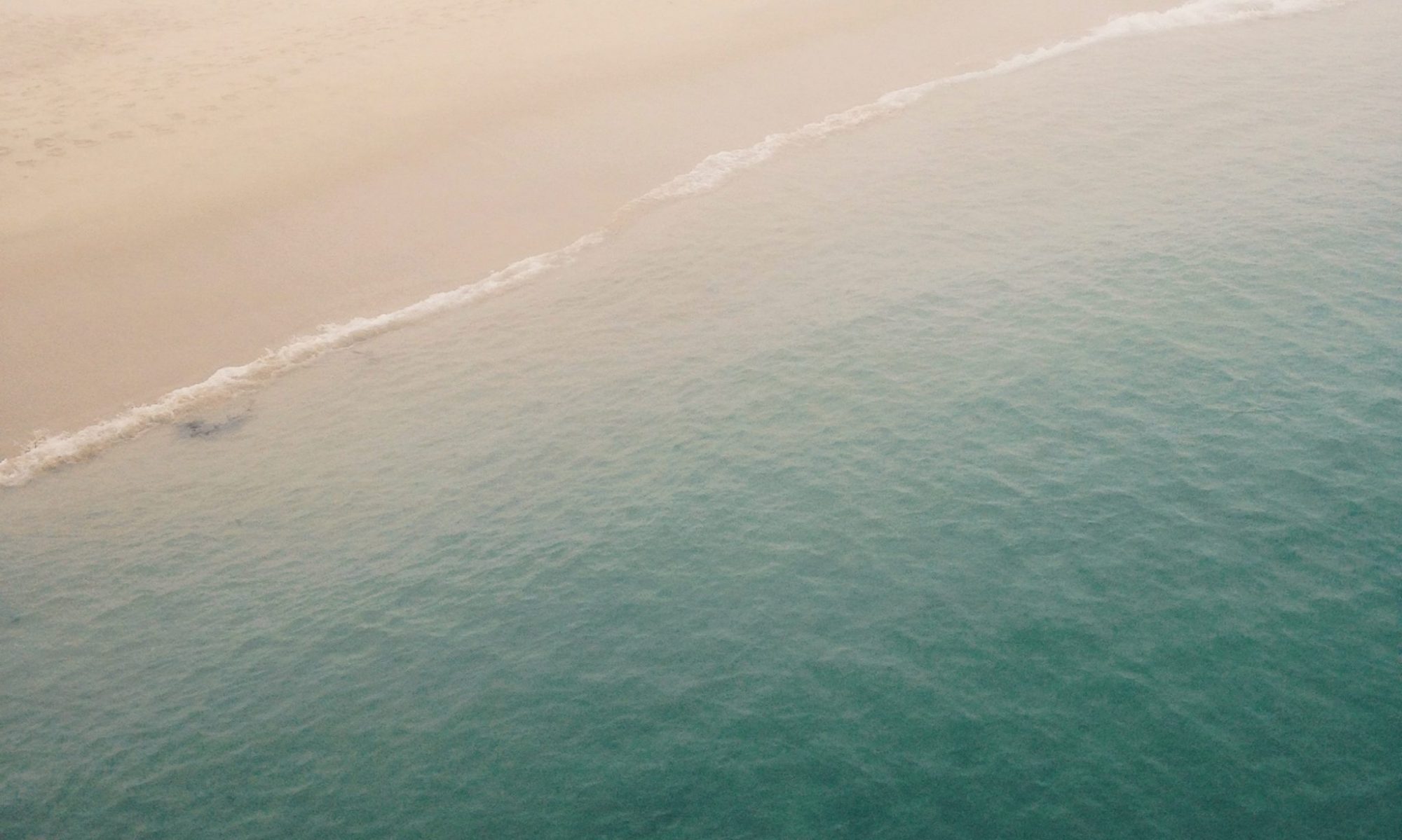The 4 Stages of Baroque Architecture
Early Baroque 1600-1625
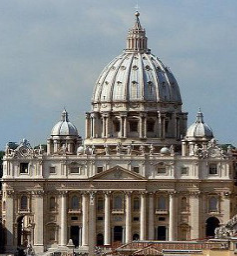
http://www.essential-humanities.net/western-art/architecture/baroque/
The foremost pioneer of Baroque architecture was Carlo Maderno, whose masterpiece was the facade of Saint Peter’s Basilica. The facade of Saint Peter’s contains a number of typical Baroque elements, including double columns, layered columns, colossal columns, and broken pediments. These elements were pioneered during the Late Renaissance, in mannerist architecture.
High Baroque 1625-75
The interiors of baroque churches became more and more present in the High Baroque and focused around the altar, usually placed under the dome. The most celebrated baroque decorative works of the High Baroque are the Chair of Saint Peter and the Baldachino of St. Peter, both by Gian Lorenzo Bernini, in St. Peter’s Basilica in Rome.
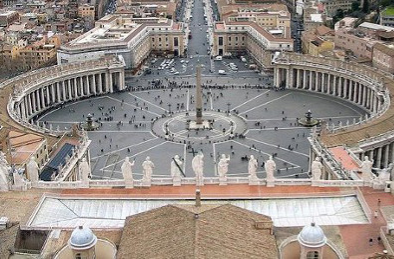
http://www.essential-humanities.net/western-art/architecture/baroque/
By the mid 17th century, the High Baroque style influence spread north of Rome. One of its main influencers being Guarino Guarini, who settled in Turin and is regarded as one of the masters of this style. Especially his executed designs in Paris, Prague, and Lisbon, along with his published works on architectural theory and design, helped spread Italian baroque ideals across Europe in the early 18th century.
Late Baroque 1675-1725
The Late Baroque marks the rise of France as the heart of Western culture. Baroque art of France tends to be restrained, such that it can be described as a classical-Baroque compromise. The most distinctive element of French Baroque architecture is the double-sloped mansard roof.
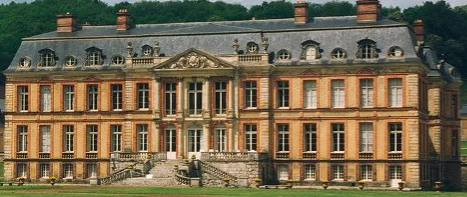
http://www.essential-humanities.net/western-art/architecture/baroque/
The most famous Baroque structures of France are magnificent chateaux, the greatest of which is the Palace of Versailles. One of the largest residences on earth, Versailles was built mainly under Louis XIV, whose patronage of the arts helped propel France to the crest of Western culture.
The palace facade illustrates the classical-Baroque compromise of northern Europe. The walls are characterized largely by simple classicism, although they do contain such Baroque elements as sculpted busts, a triple stringcourse, double pilasters, and colossal pilasters. Additionally, the mansard roof features a sinuous metal railing and rich molding around the dormer windows. Versailles became Europe’s model of palace architecture, inspiring similarly grand residences throughout the continent.

http://www.essential-humanities.net/western-art/architecture/baroque/
Versailles’ most famous room is the Hall of Mirrors, whose mirrors have the same dimensions as the windows they stand opposite.
Rococo 1725-1800
Rococo artists embraced the curves and elaborate ornament of Baroque but reigned in its weighty drama. The result was a gentle, playful style typified by pastel colors and delicate, asymmetrical decoration. Though most Rococo art was centered in France, Rococo architecture culminated in Austria and southern Germany, especially in the form of churches.
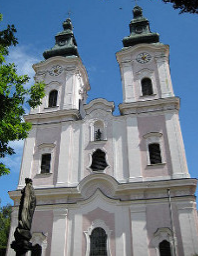
http://www.essential-humanities.net/western-art/architecture/baroque/
Citations
“Baroque Architecture.” Baroque Architecture | Essential Humanities, http://www.essential-humanities.net/western-art/architecture/baroque/
Bély, Lucien, Louis XIV- Le plus grand roos du monde, (2005), Editions Jean-Paul Gisserot
Gerson, Daniel. “Baroque Architecture Explained – 16th – 18th Century.” Gentleman’s Gazette, 18 Mar. 2015, https://www.gentlemansgazette.com/baroque-architecture-guide-explained/
Boucher, Bruce, Italian Baroque Sculpture, (1998), Thames & Hudson (World of Art),
Cabanne, Pierre, L’Art Classique et le Baroque (1988), Larousse, Paris
